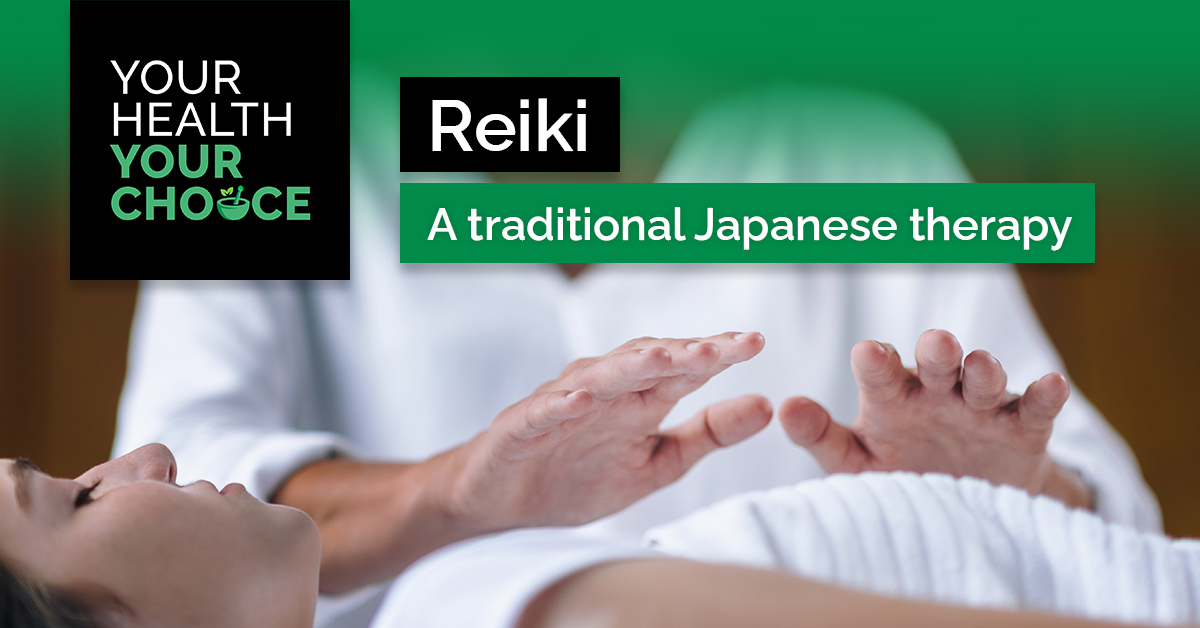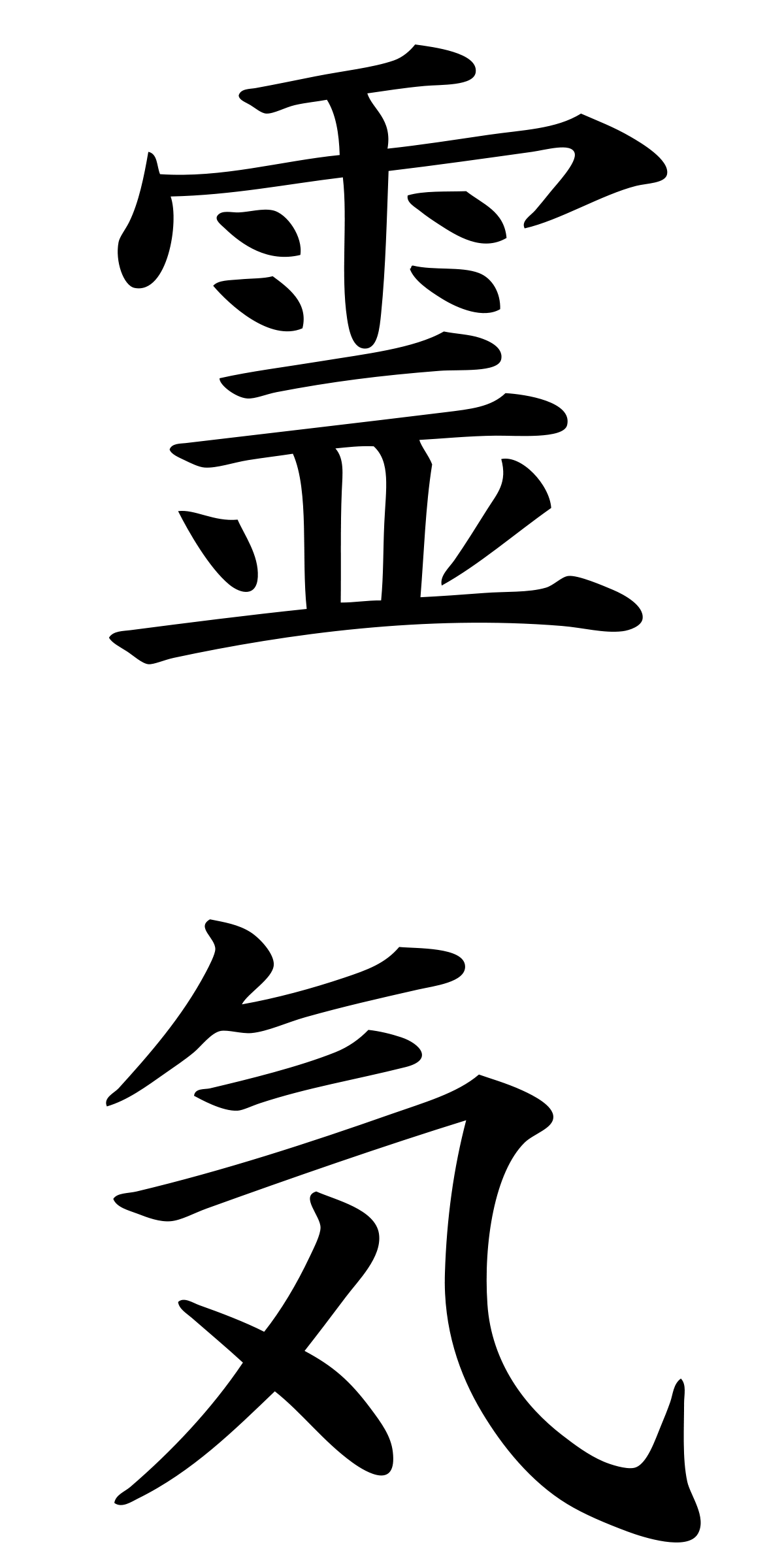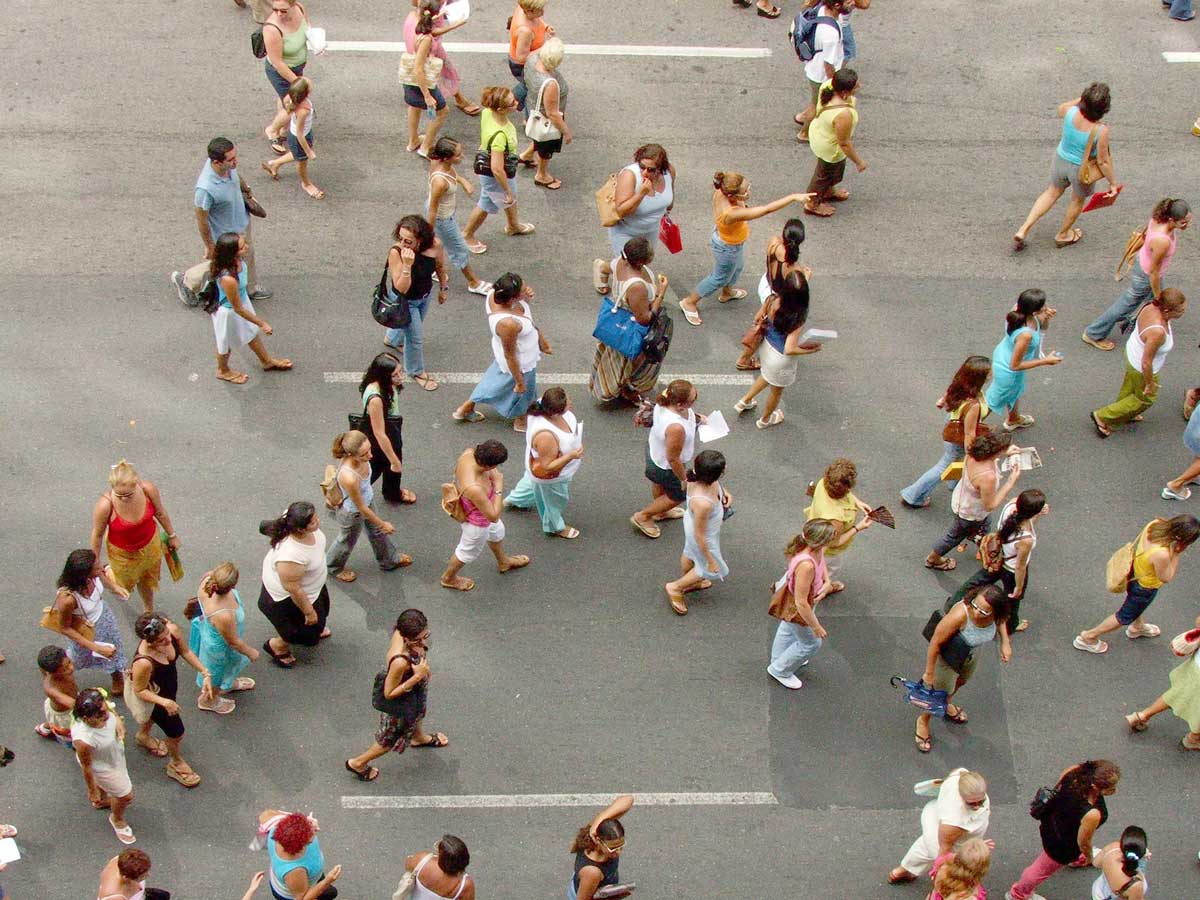Reiki – a traditional Japanese therapy

Reiki is a traditional system of healing originating in Japan that involves the transfer of healing energy through the hands of a practitioner to promote health. It is a simple-to-learn and easy-to-use self-care practice that has been shown to offer physical and psychological benefits to recipients.
Reiki is said to promote relaxation and reduce stress, helping with a wide range of physical and emotional conditions. It is considered a complementary or natural therapy and is often used in conjunction with conventional medical treatment. It is not based on any particular religion or spiritual belief system.
The Usui System of Natural Healing – ‘Reiki’
More accurately, ‘Reiki’ refers to the Usui System of Natural Healing, named after its founder Mikao Usui.
It is said that Usui’s inspiration for developing the system was to enable everyday people to be able to access and utilise ‘reiki’ – a Japanese term that roughly translates as ‘universal life force’ – for their self-care and also to help their families. In extension, people could also use it to treat others.
Nowadays, the Usui System of Natural Healing has become synonymous with (and is more commonly referred to as) ‘Reiki’. For simplicity, the rest of this article will use this term.
| The Japanese kanji symbol for reiki provides insight into the nature of this healing energy. It is made up of two characters: ‘Rei’ (霊) which means ‘spirit’ or ‘soul’, and ‘Ki’ (気) which roughly translates as ‘energy’ or ‘life force’. Together, the symbol encompasses the concept of ‘spiritual energy’ or ‘healing energy’. This is sometimes referred to as ‘universal life force’, encompassing both the personal and universal life energy that pervades Nature. In traditional Chinese and Japanese medicine, the concept of ‘ki’ or ‘qi’ (the same word in Mandarin Chinese) refers to a vital energy that flows through the body that is believed to be responsible for maintaining health. It is a concept that can be challenging for the left (rational)-brain to grasp, as it is not a tangible or measurable ‘energy’. |  |
In Reiki, this ‘energy’ is transferred by a practitioner to a patient to promote healing via the laying on of hands. Once the hands are placed on or over the body, the healing energy automatically activates. It is not consciously directed by the practitioner.
History of Reiki
Reiki originated in Japan in the late 1800s. It was developed by Mikao Usui, a Buddhist spiritual seeker and teacher. He is said to have rediscovered the healing technique after a spiritual experience during a pilgrimage. He then went on to teach and practice Reiki in Japan. Since his death in 1926, it has spread to many parts of the world.
Reiki was first introduced to the West in the 1930s by a woman named Hawayo Takata, who was a student of Dr Chujiro Hayashi, one of Usui’s principal students. She became interested in the healing method after she became cured of breast cancer after receiving regular reiki treatments over many months in Japan. She brought Reiki to Hawaii and then to the mainland United States, where she trained many reiki practitioners. During the 1970s she began training teachers, who in turn trained many more practitioners and later teachers after Takata’s death in 1980.
Reiki has grown in popularity in recent years and is now widely used in many countries around the world. It is considered a complementary or natural therapy and is often used in conjunction with conventional medical treatment.
Reiki is now widely used in hospitals, clinics, and hospices and is taught and practiced by many people in many countries worldwide. It is sometimes used in conjunction with conventional medical treatments, and many people find it to be beneficial for reducing stress, promoting relaxation, and managing pain.
What happens during a reiki treatment?
During a Reiki session, the practitioner will typically have the patient lie down on a massage table or sit in a comfortable chair while fully clothed. The practitioner will then place their hands in various positions on or near the patient’s body, such as on the head, torso, or limbs. The practitioner will hold their hands in each position for several minutes, using a light touch or hovering their hands slightly above the body.
The patient may feel warmth or tingling sensations during the session, and it is said to promote relaxation and reduce stress. Reiki sessions typically last between 45 minutes and an hour, but the duration can vary.
Reiki session usually lasts between 60 and 90 minutes, but it can be shorter or longer depending on the practitioner and the client’s needs. Some people may experience immediate benefits, while others may notice changes over time with regular sessions. The session is generally experienced as relaxing and calming and it can help reduce stress and tension, promote relaxation, and manage pain.
Reiki is a holistic approach to healing and the practitioner will often ask the patient about their symptoms and overall well-being in order to tailor the session to their specific needs. After the session, the patient may feel relaxed, refreshed and have more energy.
Research:
Reiki is best compared to systems of healing based on therapeutic touch endemic to indigenous cultures across the world, which are held sacred and passed down between generations. Indigenous cultures understood that wellbeing was an integral part of a system in which people exchange energy with each other, their community and nature.
Such healing methods are poorly understood by conventional science, as they fall outside physically-oriented paradigms. Notwithstanding, a small but growing body of conventional research exists on Reiki confirming it benefits.
A number of studies have shown that Reiki may be effective in reducing pain, anxiety and depression, and improving quality of life in people with cancer, heart disease, and other conditions. A good summary of research into the benefits of Reiki for cancer patients can be found here [1].
A recent paper published in January 2023 [2] presents the results of an ongoing pilot study consisting of 15-min Reiki sessions delivered to hospital staff on their units. It found an average decrease in self-reported stress of 60% based on pre and post surveys and suggests that Reiki can be integrated into an array of daily activities so care providers can access its benefits.
In another recent study from 2021 [3], a qualitative single-blind randomised controlled trial on the effect of Reiki on the stress level of caregivers of patients with cancer, caregivers reported that they found the caring process less stressful after Reiki sessions. The study found that post-intervention Caregiver Strain Index (CSI) scores declined in the Reiki group compared with that in the sham Reiki group (p < 0.05). None of the caregivers reported any side effects.
The study also found that Reiki, administered to caregivers who cared for patients with cancer for 6 weeks, once a week for 45 min, measurably decreased the stress level as well systolic and diastolic blood pressure and slowed the pulse rate. It did not lead to a significant difference in saliva cortisol levels (a measure of chronic stress) within this time period.
A review study published in 2017 looked at the available clinical studies of Reiki to determine whether there is evidence for Reiki providing more than just a placebo effect [4]. Of 13 eligible studies that met the inclusion criteria (i.e. peer-reviewed studies with more than 20 participants in the Reiki treatment arm, and controlling for a placebo effect), 8 demonstrated Reiki being more effective than placebo, 4 found no difference but had questionable statistical resolving power, and only one provided clear evidence for not providing benefit. The authors concluded:
‘Viewed collectively, these studies provide reasonably strong support for Reiki being more effective than placebo.’
References:
[1] What Does the Evidence Say About Reiki for Cancer? November 21, 2019. ONSVoice. https://voice.ons.org/news-and-views/what-does-the-evidence-say-about-reiki-for-cancer. Viewed 25.01.2023.
[2] Winters, M. (2023). Reiki: An effective self-care practice. Journal of Interprofessional Education & Practice, Volume 30, 100603. ISSN 2405-4526. https://doi.org/10.1016/j.xjep.2023.100603
[3] Ulviye, ÖY., Taşcı, S. (2021). Effect of Reiki on the stress level of caregivers of patients with cancer: Qualitative and single-blind randomized controlled trial. Complementary Therapies in Medicine, Volume 58, 2021, 102708. ISSN 0965-2299. https://doi.org/10.1016/j.ctim.2021.102708.
[4] McManus, DE. (2017). Reiki Is Better Than Placebo and Has Broad Potential as a Complementary Health Therapy. Journal of Evidence-Based Complementary & Alternative Medicine. 22(4):1051-1057. doi:10.1177/2156587217728644
« Return to News & Features
